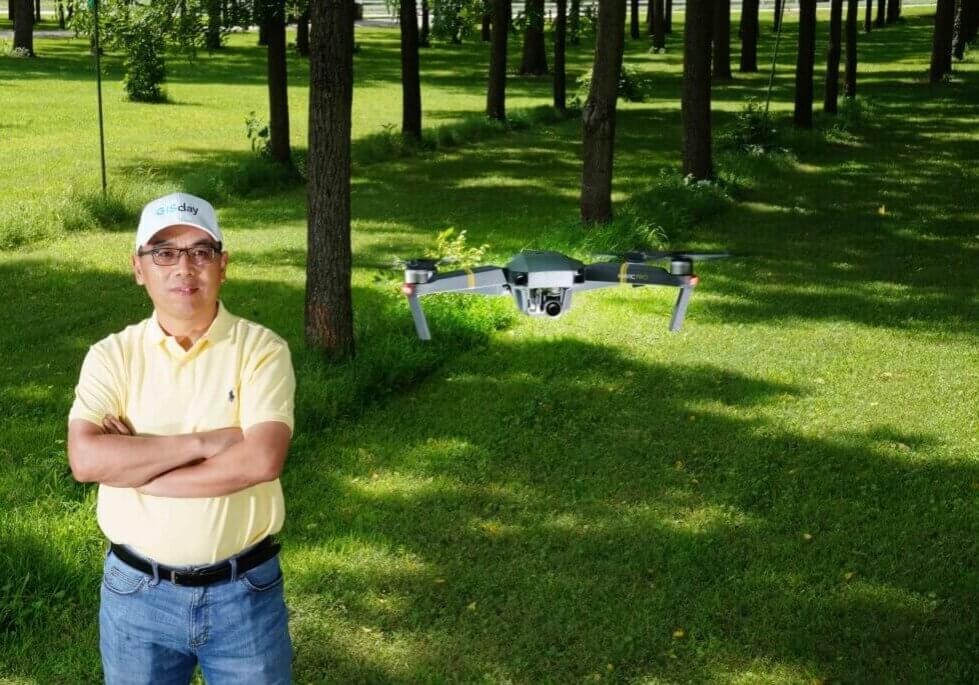In early August, the Indiana Department of Natural Resources announced residents in 76 countries around the state could safely return their birdfeeders and baths to their yards. Earlier in the summer, DNR advised residents in all counties to remove them due to a mystery illness causing fatalities in the state’s songbird population. Since Experts and state officials did not know what the disease was or how it was spread, this was recommended as a precautionary measure.
Months after the initial announcement regarding songbird deaths, the DNR, ornithologists and wildlife researchers still don’t know the source of this illness. Residents of Allen, Hamilton, Hendricks, Johnson, Lake, Marion, Monroe, Porter and St. Joseph counties have all been instructed to keep feeders down until further notice.
Although the illness has still not been identified, Barny Dunning, professor of forestry and natural resources (FNR), said the DNR in Indiana and other states are forming a better picture of what species the disease targets and the geographic areas where it is active.
“I have heard updates, mostly from the DC area, that the number of affected birds has been steadily declining for weeks now,” Dunning added. “The illness also seems to have mainly impacted very young birds and, of course, the breeding season is winding down and there are few younger, more susceptible birds.”
While Brood X cicadas were largely ruled out as a cause of the illness, Dunning said researchers are revisiting that theory because the course of the sickness closely mirrors the lifecycle of Brood X.
“Reports suggest that if this was an infectious disease, cases wouldn’t be descending like this,” Dunning continued.
Labs, like Purdue’s Animal Disease Diagnostics Lab, will continue testing on birds and researchers are still working to identify the source of the illness.
The symptoms of this affliction include crusty eyes or discharge from the eyes and signs of neurological distress, such as tremors or stumbling. Reports of a sick or dead bird with these symptoms should be reported to the DNR.
“Tracking the location and rate of this illness is key to unlocking its source and that strategy relies heavily on residents reporting sick birds,” Dunning said.
Friday Photo: 05/13/2022
The assignment for Purdue Natural Resources and Environmental Sciences professor Laura Bowling’s last field trip of the semester, was to collect and count invertebrates in a section of Burnett’s Creek, just north of campus. Note the reaction of students (left to right) Avery Fess, Ireland Beebe and Eva Curtis when the inch-long cranefly larvae show a little more mobility than expected.
Read Full Story >>>

